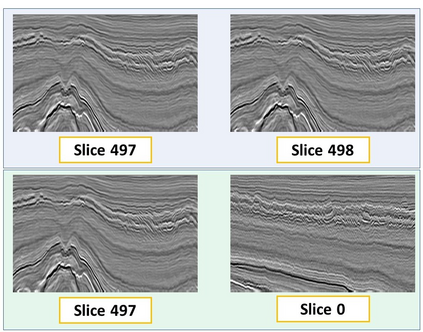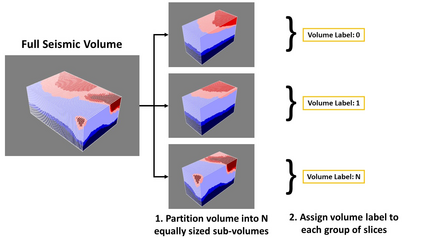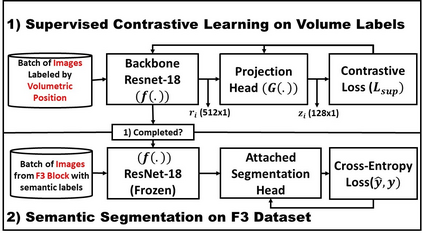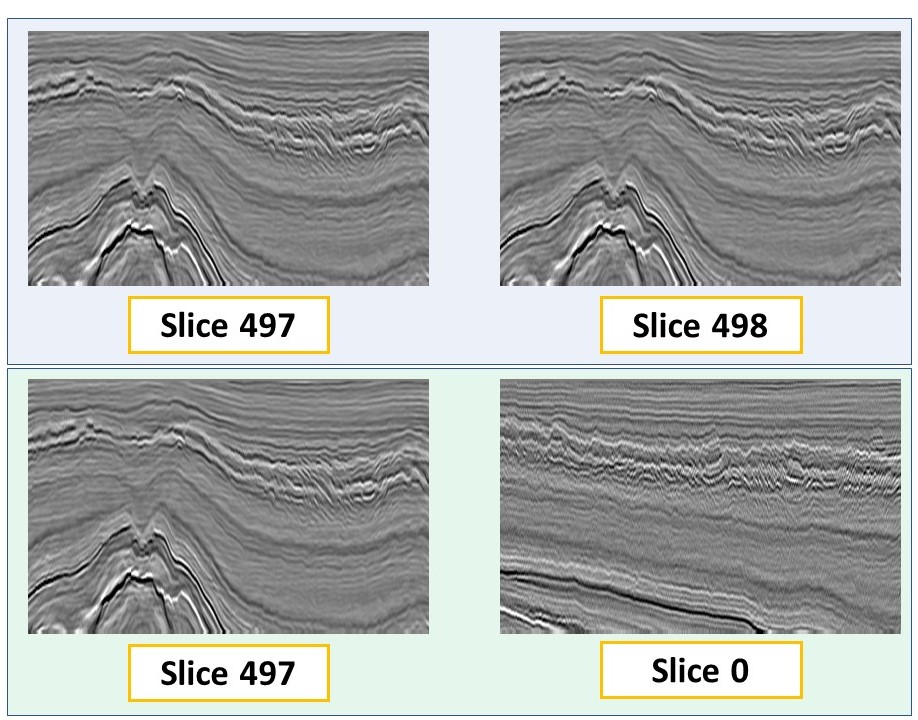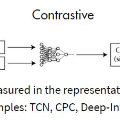In seismic interpretation, pixel-level labels of various rock structures can be time-consuming and expensive to obtain. As a result, there oftentimes exists a non-trivial quantity of unlabeled data that is left unused simply because traditional deep learning methods rely on access to fully labeled volumes. To rectify this problem, contrastive learning approaches have been proposed that use a self-supervised methodology in order to learn useful representations from unlabeled data. However, traditional contrastive learning approaches are based on assumptions from the domain of natural images that do not make use of seismic context. In order to incorporate this context within contrastive learning, we propose a novel positive pair selection strategy based on the position of slices within a seismic volume. We show that the learnt representations from our method out-perform a state of the art contrastive learning methodology in a semantic segmentation task.
翻译:在地震判读中,各种岩石结构的像素级标签可能耗时费时费钱,因此往往存在大量非三角的未贴标签数据,但仅仅因为传统的深层学习方法依赖于完全贴标签的体积而没有使用。为了纠正这一问题,提出了对比式的学习方法,用自我监督的方法从未贴标签的数据中获取有用的表述。然而,传统的对比式学习方法是以自然图象领域的假设为基础的,不使用地震背景。为了将这一背景纳入对比性学习,我们根据地震量中切片的位置提出了新的积极对等选择战略。我们表明,从我们方法中学到的描述在语义分割任务中超越了艺术对比式学习方法的状态。

